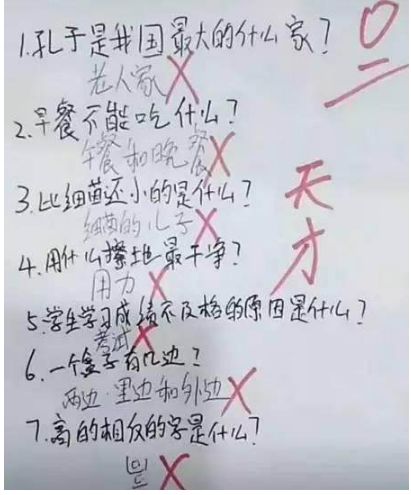有一段時間,我在寫正則表達式來匹配Drug關(guān)鍵字時,經(jīng)常寫出 /viagra|cialis|anti-ed/ 這樣的表達式。為了讓它更美觀,我會給關(guān)鍵詞排序;為了提升速度,我會使用 /[Vv]iagra/ 而非/viagra/i ,只讓必要的部分進行大小寫通配模式。確切地說,我是需要對每個單詞的首字母進行大小寫無關(guān)的匹配。
我寫了這樣的一個函數(shù),專門用來批量轉(zhuǎn)換。
復制代碼代碼如下:
#convert regex to sorted list, then provide both lower/upper case for the first letter of each word
#luf means lower upper first
sub luf{
# split the regex with the delimiter |
my @arr=sort(split(//|/,shift));
# provide both the upper and lower case for the
# first leffer of each word
foreach (@arr){s//b([a-zA-Z])/[/l$1/u$1]/g;}
# join the keyword to a regex again
join('|',@arr);
}
print luf "sex pill|viagra|cialis|anti-ed";
# the output is:[aA]nti-[eE]d|[cC]ialis|[sS]ex [pP]ill|[vV]iagra
控制全局匹配下次開始的位置
記得jyf曾經(jīng)問過我,如何控制匹配開始的位置。嗯,現(xiàn)在我可以回答這個問題了。Perl 提供了 pos 函數(shù),可以在 /g 全局匹配中調(diào)整下次匹配開始的位置。舉例如下:
復制代碼代碼如下:
$_="abcdefg";
while(/../g)
{
print $&;
}
其輸出結(jié)果是每兩個字母,即ab, cd, ef
可以使用 pos($_)來重新定位下一次匹配開始的位置,如:
復制代碼代碼如下:
$_="abcdefg";
while(/../g)
{
pos($_)--; #pos($_)++;
print $&;
}
輸出結(jié)果:
復制代碼代碼如下:
pos($_)--: ab, bc, cd, de, ef, fg.
pos($_)++: ab, de.
可以閱讀 Perl 文檔中關(guān)于 pos的章節(jié)獲取詳細信息。
散列與正則表達式替換
《effective-perl-2e》第三章有這樣一個例子(見下面的代碼),將特殊符號轉(zhuǎn)義。
復制代碼代碼如下:
my %ent = { '&' => 'amp', '<' => 'lt', '>' => 'gt' };
$html =~ s/([&<>])/&$ent{$1};/g;
這個例子非常非常巧妙。它靈活地運用了散列這種數(shù)據(jù)結(jié)構(gòu),將待替換的部分作為 key ,將與其對應的替換內(nèi)容作為 value 。這樣只要有匹配就會捕獲,然后將捕獲的部分作為 key ,反查到 value 并運用到替換中,體現(xiàn)了高級語言的效率。
不過,這樣的 Perl 代碼,能否移植到 Python 中呢? Python 同樣支持正則,支持散列(Python 中叫做 Dictionary),但是似乎不支持在替換過程中插入太多花哨的東西(替換行內(nèi)變量內(nèi)插)。
查閱 Python 的文檔,(在 shell 下 執(zhí)行 python ,然后 import re,然后 help(re)),:
復制代碼代碼如下:
sub(pattern, repl, string, count=0)
Return the string obtained by replacing the leftmost
non-overlapping occurrences of the pattern in string by the
replacement repl. repl can be either a string or a callable;
if a string, backslash escapes in it are processed. If it is
a callable, it's passed the match object and must return
a replacement string to be used.
原來 python 和 php 一樣,是支持在替換的過程中使用 callable 回調(diào)函數(shù)的。該函數(shù)的默認參數(shù)是一個匹配對象變量。這樣一來,問題就簡單了:
復制代碼代碼如下:
ent={'<':"lt",
'>':"gt",
'&':"amp",
}
def rep(mo):
return ent[mo.group(1)]
html=re.sub(r"([&<>])",rep, html)
python 替換函數(shù) callback 的關(guān)鍵點在于其參數(shù)是一個匹配對象變量。只要明白了這一點,查一下手冊,看看該種對象都有哪些屬性,一一拿來使用,就能寫出靈活高效的 python 正則替換代碼。



















